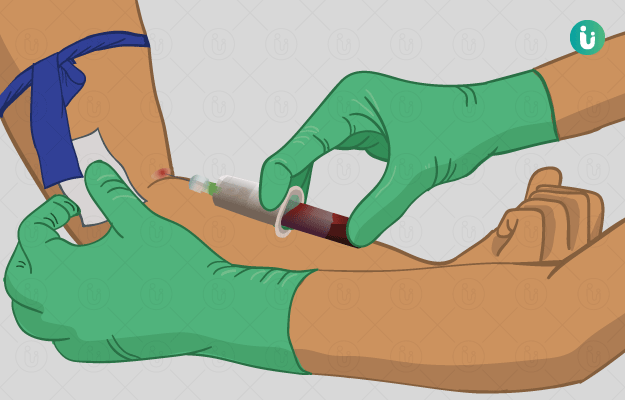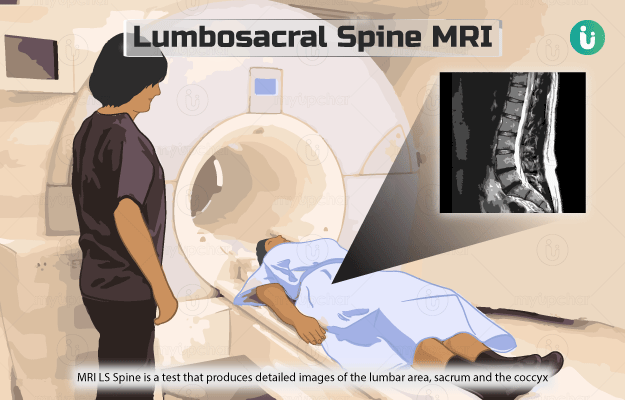What is ALA (Aminolevulinic acid), porphobilinogen, porphyrins blood test?
ALA, porphobilinogen and porphyrins are intermediate products in the formation of haem, which is the iron-containing pigment in red blood cells (RBCs).
Haem is produced by a multistep process that requires the presence of eight different enzymes (specialised proteins). The first product in the process of haem synthesis is aminolevulinic acid followed by porphobilinogen. Porphobilinogen, in turn, produces compounds called porphyrins- uroporphyrinogen, coproporphyrinogen and protoporphyrin. These compounds help in the formation of haemoglobin.
If any of the eight enzymes are damaged or deficient, it impacts the whole process and leads to the build-up of porphyrins in the body fluids and tissues.
Now porphyrins are normally present in small amounts in the blood and other body fluids such as urine. However, markedly elevated levels of porphyrins in the blood results in a condition called porphyria.
This test helps in the diagnosis of porphyrias. Porphyrias are of two main types:
- Acute porphyrias, which produce neurological symptoms
- Cutaneous porphyrias, which cause cutaneous (skin) symptoms on exposure to sunlight
Porphyrin levels may also be higher than the normal range in your blood if you are suffering from lead poisoning.






























